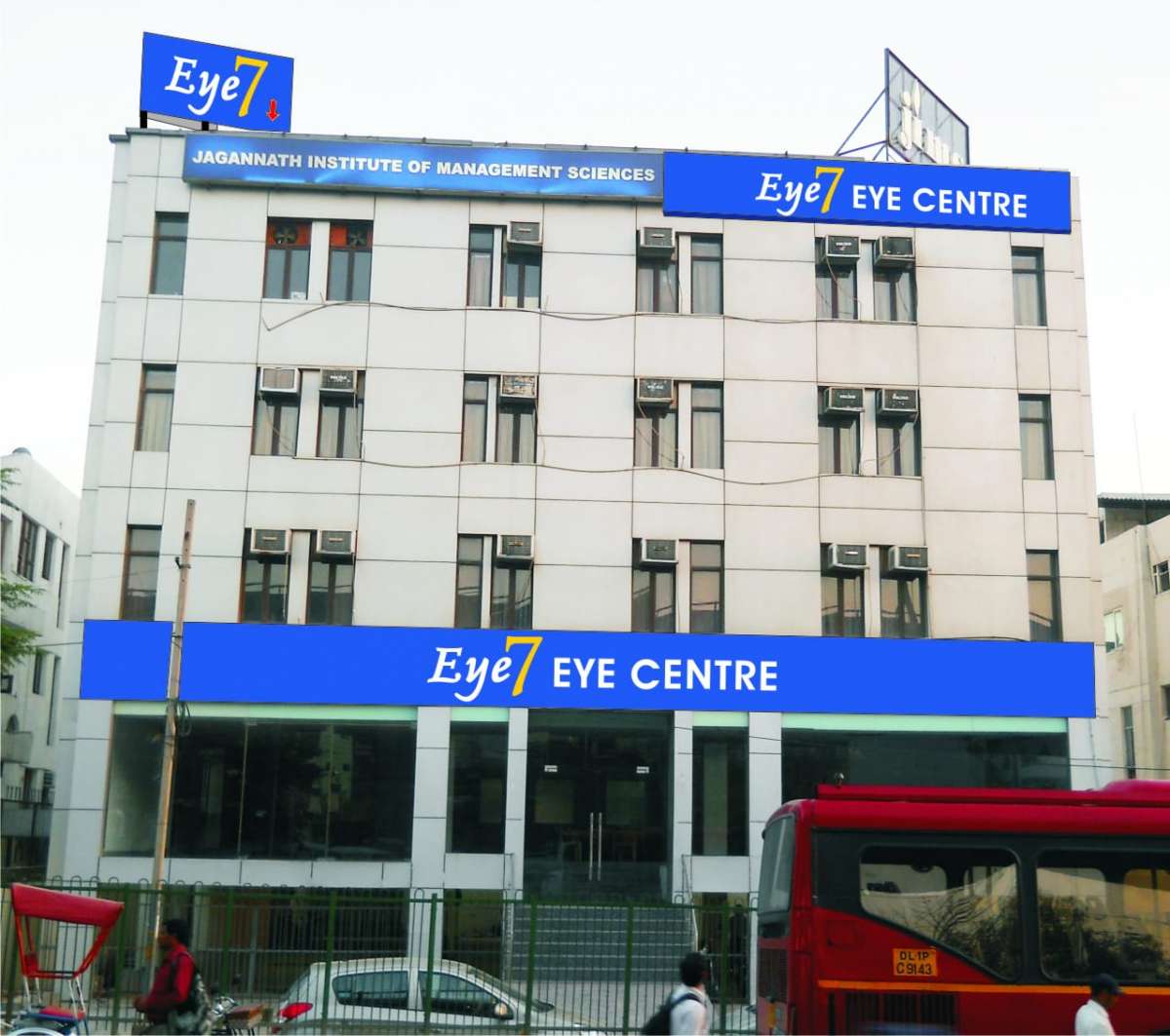LASIK surgery cost in India

| Surgery Name | Cost | Room-Category | Hospitalization |
|---|---|---|---|
| LASIK surgery cost in India | $1680 | Single | Day care |
| Inclusion | Exclusion | ||
|
1.Overstay more than package days, |
||
Know More About Procedure & Surgery
What is LASIK?
LASIK eye surgery is the best known and most commonly performed laser refractive surgery to correct vision problems. Laser-assisted in situ keratomileusis (LASIK) can be an alternative to glasses or contact lenses. During LASIK surgery, a special type of cutting laser is used to precisely change the shape of the dome-shaped clear tissue at the front of your eye (cornea) to improve vision. In eyes with normal vision, the cornea bends (refracts) light precisely onto the retina at the back of the eye. But with nearsightedness (myopia), farsightedness (hyperopia) or astigmatism, the light is bent incorrectly, resulting in blurred vision. Glasses or contact lenses can correct vision, but reshaping the cornea itself also will provide the necessary refraction.
Reason of LASIK
LASIK surgery may be an option for the correction of one of these vision problems:
- Nearsightedness (myopia). When your eyeball is slightly longer than normal or when the cornea curves too sharply, light rays focus in front of the retina and blur distant vision. You can see objects that are close fairly clearly, but not those that are far away.
- Farsightedness (hyperopia). When you have a shorter than average eyeball or a cornea that is too flat, light focuses behind the retina instead of on it. This leads near vision, and sometimes distant vision, blurry.
- Astigmatism. When the cornea curves or flattens unevenly, the result is astigmatism, which disrupts focus of near and distant vision.
Risk Involved in Surgery
- Dry eyes. LASIK surgery causes a temporary decrease in tear production. For the first six months or so after your surgery, your eyes may feel unusually dry as they heal. Dry eyes can reduce the quality of your vision. Your eye doctor might recommend eyedrops for dry eyes. If you experience severe dry eyes, you could opt for another procedure to get special plugs put in your tear ducts to prevent your tears from draining away from the surface of your eyes.
- Glare halos and double vision. You may have difficulty seeing at night after surgery, which usually lasts a few days to a few weeks. You might notice increased light sensitivity, glare, halos around bright lights or double vision. Even when a good visual result is measured under standard testing conditions, your vision in dim light (such as at dusk or in fog) may be reduced to a greater degree after the surgery than before the surgery.
- Undercorrections.If the laser removes too little tissue from your eye; you won't get the clearer vision results you were hoping for. Under corrections are more common for people who are nearsighted. You may need another LASIK procedure within a year to remove more tissue.
- Overcorrections. It's also possible that the laser will remove too much tissue from your eye. Overcorrections may be more difficult to fix than undercorrections.
- Astigmatism. Astigmatism can be caused by uneven tissue removal. It may require additional surgery, glasses or contact lenses.
- Flap problems. Folding back or removing the flap from the front of your eye during surgery can cause complications, including infection and excess tears. The outermost corneal tissue layer may grow abnormally underneath the flap during the healing process.
- Regression. Regression is when your vision slowly changes back toward your original prescription. This is a less common complication.
- Vision loss or changes. Rarely, surgical complications can result in loss of vision. Some people also may not see as sharply or clearly as previously.
Before the Procedure
If you wear contact lenses, which can change the shape of your cornea, you'll need to completely stop wearing them and wear only your glasses for at least a few weeks before your evaluation and surgery. Your doctor will provide specific guidelines depending on the type of contacts you wear and how long you've been a contact lens wearer. During the evaluation, your eye doctor will ask about your medical and surgical history your doctor will look for signs of:
- Eye infection
- Inflammation
- Dry eyes
- Large pupils
- High eye pressure
Your eye doctor will also measure your cornea, noting the shape, contour, thickness and any irregularities. Your eye doctor will evaluate which areas of your cornea need reshaping and determine the precise amount of tissue to remove from your cornea. Doctors generally use wavefront-guided technology to evaluate your eye in detail before LASIK surgery. In this test, a scanner creates a highly detailed chart, similar to a topographic map, of your eye. The more detailed the measurements, the more accurate your eye doctor can be in removing corneal tissue.
During the procedure
LASIK surgery is usually completed in 30 minutes or less. During the procedure, you lie on your back in a reclining chair. You may be given medicine to help you relax. After numbing drops are placed in your eye, your doctor uses an instrument to hold your eyelids open. A suction ring placed on your eye just before cutting the corneal flap may cause a feeling of pressure, and your vision may dim a little.
Your eye surgeon uses a small blade or cutting laser to cut a small hinged flap away from the front of your eye. Folding back the flap allows your doctor to access the part of your cornea to be reshaped. Using a programmed laser, your eye surgeon reshapes parts of your cornea. With each pulse of the laser beam, a tiny amount of corneal tissue is removed. After reshaping the cornea, the surgeon lays the flap back into place. The flap usually heals without stitches.

During the surgery, you'll be asked to focus on a point of light. Staring at this light helps you keep your eye fixed while the laser reshapes your cornea. You may detect a distinct odor as the laser removes your corneal tissue. Some people describe smelling an odor similar to that of burning hair. If you need LASIK surgery in both eyes, doctors will generally conduct the procedure on the same day.
After the procedure
Immediately after surgery, your eye might itch, feel gritty, burn and be watery. You'll probably have blurred vision. You generally will experience little pain, and you'll usually recover your vision quickly. You might be given pain medication or eyedrops to keep you comfortable for few hours after the procedure. Your eye doctor might also ask you to wear a shield over your eye at night until your eye heals.
You'll be able to see after surgery, but your vision won't be clear right away. It takes about two to three months after your surgery before your eye heals and your vision stabilizes. You'll have a follow-up appointment with your eye doctor one to two days after surgery. It might be a few weeks before you can start to use cosmetics around your eyes again. You might also have to wait several weeks before resuming strenuous contact sports, swimming or using hot tubs.
Frequently Asked Questions
Laser-assisted in situ keratomileusis (LASIK) is generally alternative to glasses or contact lenses. During LASIK surgery, a special type of cutting laser is used to precisely change the shape of the dome-shaped clear tissue at the front of your eye (cornea) to improve vision.


















































































